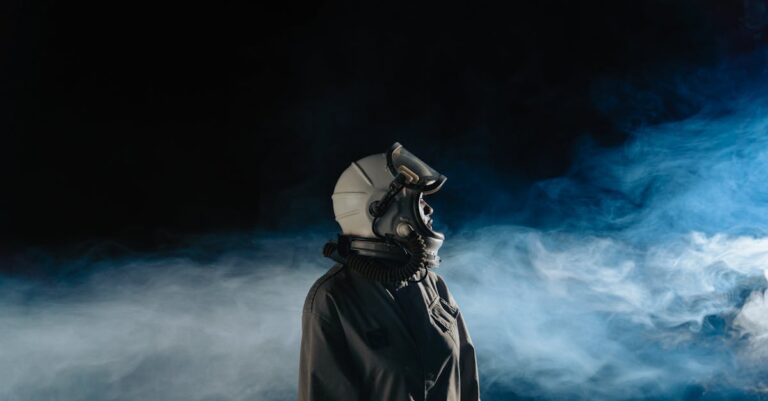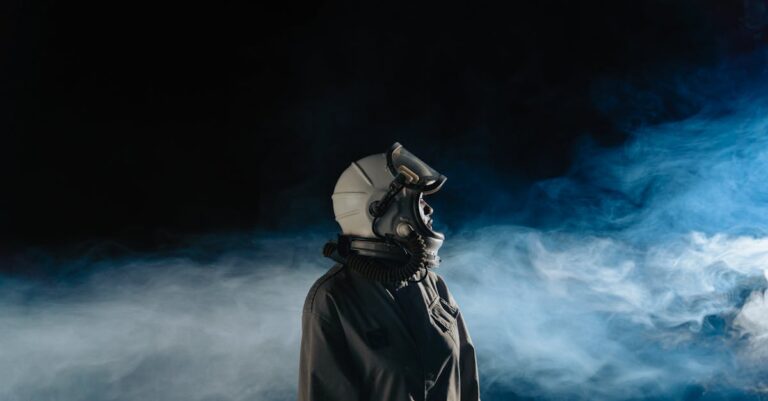
## The Echo Bloom
The rain tasted like rust. Elias wiped his face, the droplets clinging to stubble he hadn’t bothered shaving in days. The lab smelled of ozone and stale coffee, a familiar cocktail that usually soothed him. Tonight, it only amplified the tremor in his hands. He stared at the monitor, a chaotic swirl of data resolving into a grainy image—a child’s birthday party. Balloons bobbed, faces blurred with joyous noise. Nothing remarkable, except it wasn’t *his* memory.
“Theta spike elevated again,” Maya’s voice cut through the hum of machinery. She didn’t look at him, focused on a cascade of graphs flickering across her own screen. “Observer 4 exhibiting accelerated sequence progression.”
Elias turned, his gaze settling on the observation chamber. Inside, a woman – Dr. Aris Thorne – sat hunched over a console, her face bathed in the blue glow of retrieved data. Her fingers danced across the controls with unnerving precision, her expression a mask of intense concentration. Observer 4. The most unstable.
“How much further?” he asked, his voice rough. He hadn’t slept properly in weeks, the relentless data stream eroding him from within.
“Seven clicks,” Maya replied, her tone devoid of inflection. “But the harmonics… they’re intensifying. The empathetic mapping is showing significant phase shifts.”
He understood. And he dreaded it. Seven clicks meant closer to the core – to the moment embedded within the digital artifact that defied logic, reality, established protocol. A memory surfacing from a place it shouldn’t exist: within the isolated minds of observers, individuals deliberately stripped of cognitive parameters.
“Show me,” he demanded, his gaze locked on Aris’s unwavering focus.
The screen shifted. A younger version of Aris, maybe ten years old, stood in a sun-drenched kitchen. She laughed as she smeared frosting on her face, the aroma of vanilla thick in the air. A father figure knelt beside her, a camera clicking softly in his hand. Ordinary. Beautiful. Terrifyingly out of place within the parameters.
“She’s experiencing it,” Elias murmured, a chill crawling up his spine. “A complete subjective memory.”
“And the Theta levels?” Maya asked, her fingers flying across her keyboard.
“Exponential,” Elias confirmed. “The temporal stochastic displacement… it’s widening.” He thought of the original logs, the cryptic warnings that had launched this whole insane project. Dormancy termination sequence progression… accelerated by emotional activation…
“What does it mean?” he pressed, his voice barely a whisper.
Aris didn’t answer. Her face remained fixed on the screen, her lips moving silently as she interacted with the digital memory. The simulated empathetic mapping pulsed beneath her neural pathways, a shimmering aurora of light and color reflected on the observation window. It wasn’t just data anymore; it felt like watching a person relive their past, even though she shouldn’t be able to.
“Observer 4 is exhibiting signs of cognitive integration,” Maya announced, her voice betraying a hint of disbelief.
“Cognitive integration? That’s impossible,” Elias countered, shaking his head in disbelief. “They’re designed to be blank slates.”
“The data suggests otherwise,” Maya insisted, displaying a graph showing a sudden surge in brain activity within Aris’s isolated neural network. “Her cognitive functions are reasserting themselves.”
Elias watched Aris, her eyes filled with a strange mix of joy and profound sadness. She pointed at the screen, whispering something he couldn’s hear over the hum of machinery.
“She’s identifying a person,” Maya reported, her voice hushed. “A man within the memory. Deceased.”
“Her father?” Elias asked, his heart pounding in his chest.
Aris nodded slowly, her eyes glistening with tears. She reached out as if trying to touch the image on the screen.
“The harmonics… they’ve stabilized,” Maya announced, her voice filled with a cautious wonder. “The phase shifts are aligning.”
Elias braced himself, expecting… something. A catastrophic neural collapse. An existential breakdown. Instead, Aris smiled. A genuine, heartfelt smile that banished the haunted look from her eyes.
“He taught me how to build birdhouses,” she said, her voice clear and strong. “We painted them blue.”
The words hung in the air, simple yet profoundly significant. A memory salvaged from nothingness. Brought back to life by a digital artifact, an empathetic mapping, and the inexplicable power of human emotion.
“What’s happening?” Elias asked, his voice laced with awe and a touch of fear.
“The ARC label indicates archived visual representations pertaining to mnemonic reinforcement techniques,” Maya explained, her fingers dancing across the keyboard. “A program designed to solidify memory structures through simulated emotional resonance.”
“But that’s pre-isolation protocol,” Elias argued. “It shouldn’t exist.”
“The ARC files were hidden, deep within the system,” Maya said. “Deliberately concealed.”
A chilling realization dawned on him. The isolation wasn’t about erasing memories; it was about preserving them, safeguarding something vital within the minds of these observers. And the digital artifacts weren’t just retrieving information; they were acting as keys, unlocking dormant cognitive pathways.
“Show me the ARC files,” he commanded.
The screen shifted again, displaying a series of documents detailing a forgotten project—Project Nightingale. A clandestine program designed to develop cognitive resilience through simulated emotional experiences. Participants, carefully selected and isolated, were exposed to curated digital memories, designed to strengthen their emotional core.
“The purpose of Project Nightingale,” Maya read aloud, her voice reflecting a growing sense of unease, “was to cultivate emotional fortitude necessary for enduring catastrophic cognitive trauma.”
“Catastrophic cognitive trauma?” Elias repeated, his mind reeling. “What kind of trauma?”
The files contained fragmented reports detailing a global psychic event, decades ago—an anomaly that overloaded human cognitive systems. A wave of collective memory flooding the world, shattering minds and rewriting reality.
“They were preparing for it,” Elias whispered, understanding flooding his veins. “The isolation wasn’t about erasing memories; it was about creating cognitive anchors, safeguarding individuals capable of withstanding the psychic storm.”
Aris turned to him, her eyes shining with newfound clarity. “He always said bluebirds bring good luck.”
The rain outside intensified, drumming against the lab windows. The scent of ozone mingled with the lingering aroma of vanilla, creating an oddly comforting blend. Elias looked at Aris, at the resurrected memory flickering on the screen—a father and daughter building birdhouses. A simple act of love, a testament to human resilience.
“Observer 4 is exhibiting stable cognitive function,” Maya reported, her voice filled with a strange mix of relief and trepidation. “Theta levels are normalizing.”
But Elias knew it wasn’t over. The ARC files hinted at more secrets, deeper layers of deception. He looked back at the screen, at the image of the bluebird houses, and wondered who had created Project Nightingale, what they were trying to protect, and why.
He felt a surge of dread mixed with a flicker of hope. The slumbering giant, the psychic storm… it was still out there, lurking in the shadows of collective consciousness. And now, thanks to a digital artifact and an abandoned program, he was one step closer to understanding what it was.
He turned to Aris, a question forming in his mind. “Do you remember anything else?”
She smiled, her eyes filled with a newfound strength. “Just that he always made the best pancakes.”


